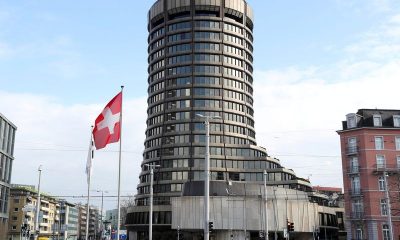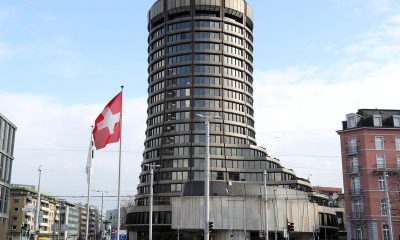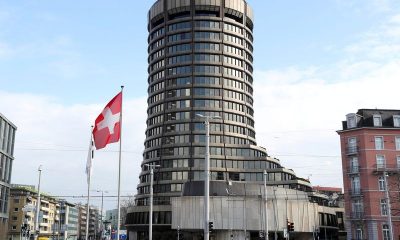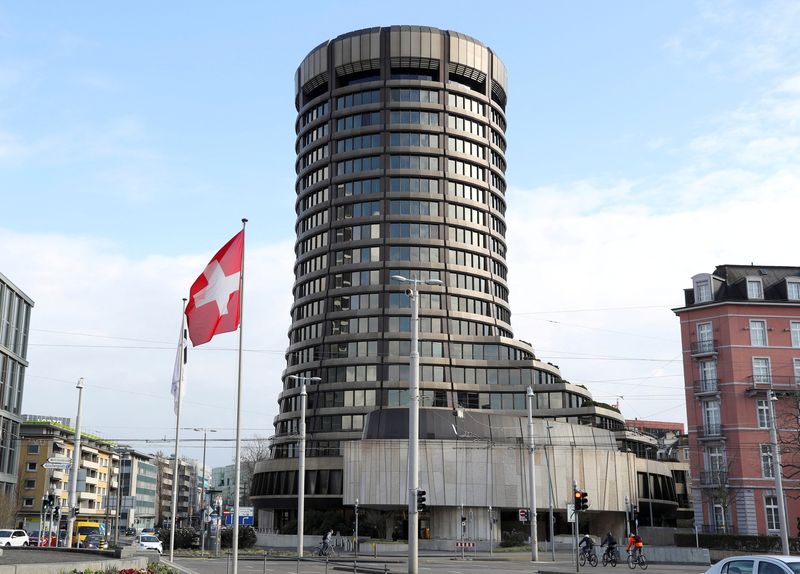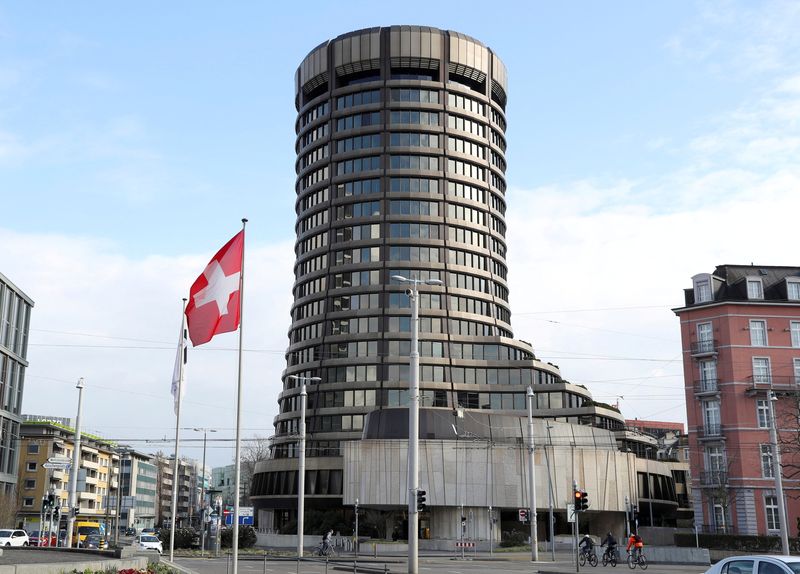Forex
Russia’s yuan adoption may erode dollar dominance, EBRD suggests
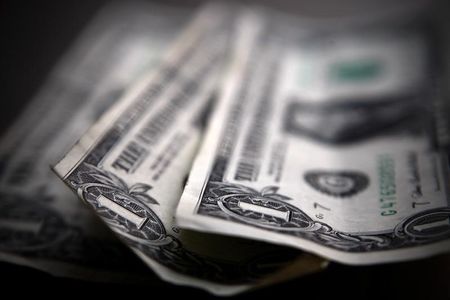
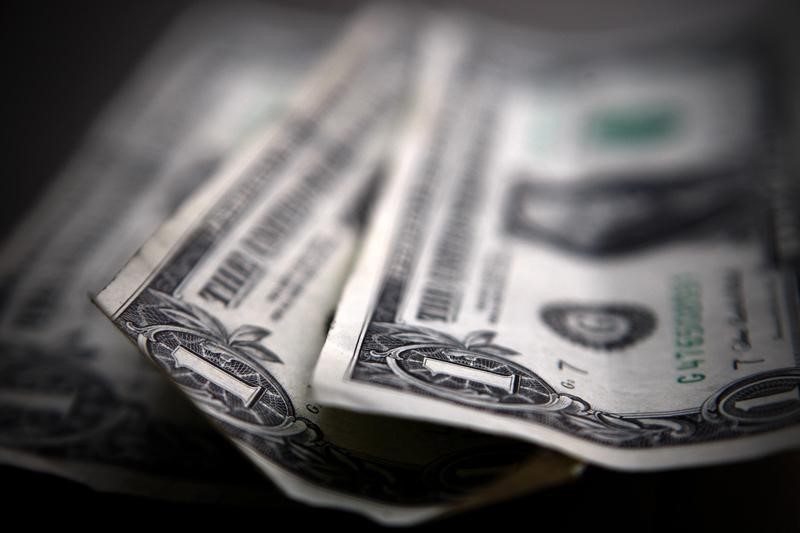
© Reuters.
In the wake of the ongoing Ukraine war and subsequent sanctions, Russia’s adoption of the could potentially undermine long-term dollar dominance, according to Beata Javorcik, Chief Economist at the European Bank for Reconstruction and Development (EBRD). This shift is primarily attributed to the diversification of invoicing currencies.
The statement was made on Wednesday, suggesting that Russia’s strategic move towards the Chinese currency is a part of a broader trend of de-dollarization. This trend has been gaining momentum due to geopolitical tensions and economic sanctions that have isolated Russia from Western financial systems.
The EBRD economist pointed out that this shift towards the yuan may lead to a significant change in global currency dynamics. The diversification away from the dollar in international transactions can potentially erode its dominance in the long run.
While the immediate impact on the dollar’s status as a global reserve currency might be limited, the gradual adoption of alternative currencies like the yuan could lead to significant shifts over time. As more countries consider similar moves in response to geopolitical pressures, this trend could accelerate, leading to a more multipolar currency world.
The EBRD’s observations come amidst an increasing number of reports highlighting Russia’s pivot towards the East, particularly China, in light of Western sanctions. This move is seen as a strategic effort by Russia to mitigate the impact of these sanctions and maintain its economic stability.
As these developments unfold, it remains to be seen how global currency dynamics will evolve and what implications this will have for international trade and finance.
This article was generated with the support of AI and reviewed by an editor. For more information see our T&C.

 Forex3 years ago
Forex3 years agoForex Today: the dollar is gaining strength amid gloomy sentiment at the start of the Fed’s week

 Forex3 years ago
Forex3 years agoUnbiased review of Pocket Option broker

 Forex3 years ago
Forex3 years agoDollar to pound sterling exchange rate today: Pound plummeted to its lowest since 1985

 Forex3 years ago
Forex3 years agoHow is the Australian dollar doing today?

 Cryptocurrency3 years ago
Cryptocurrency3 years agoWhat happened in the crypto market – current events today

 World3 years ago
World3 years agoWhy are modern video games an art form?

 Commodities3 years ago
Commodities3 years agoCopper continues to fall in price on expectations of lower demand in China

 Economy3 years ago
Economy3 years agoCrude oil tankers double in price due to EU anti-Russian sanctions

